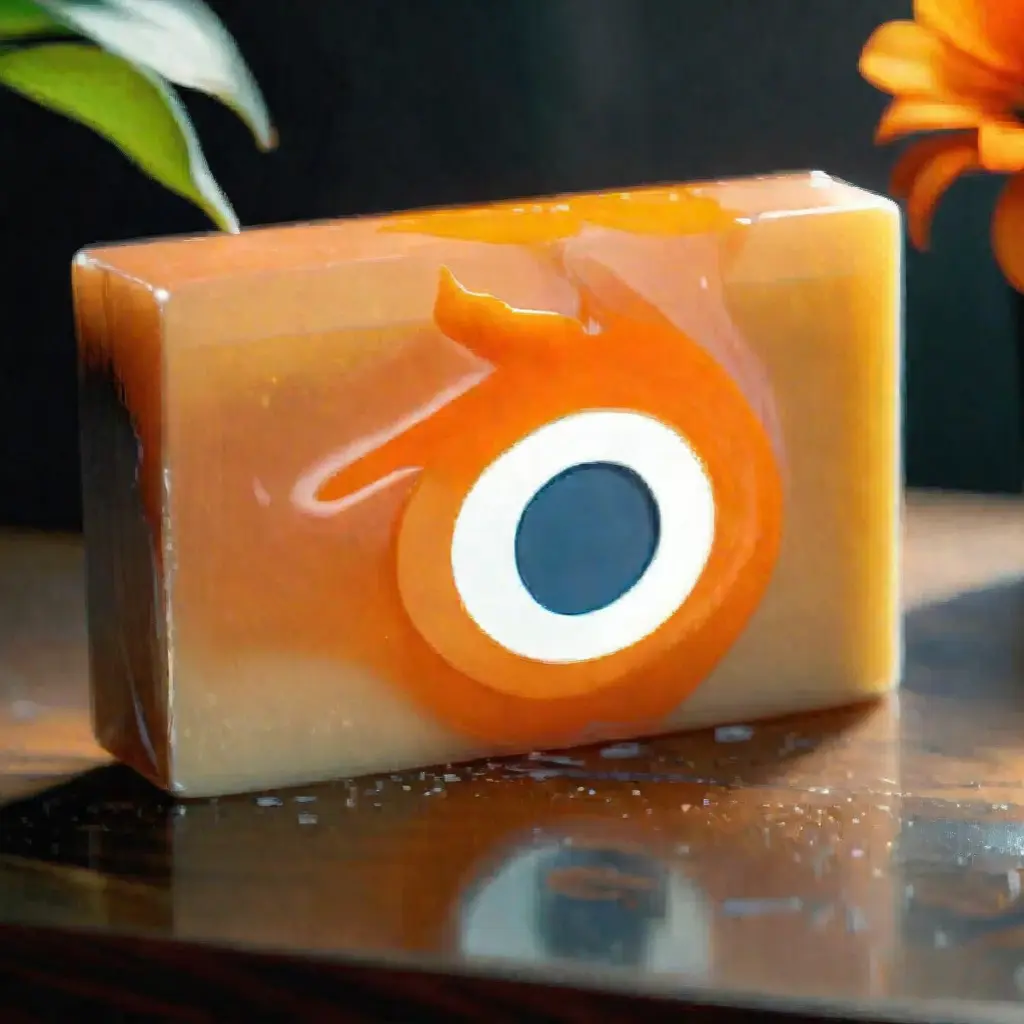ComfyUI Node: Mask Invert
Mask Invert
CategoryWAS Suite/Image/Masking
WASasquatch (Account age: 4910days) Extension
WAS Node Suite Latest Updated
2025-03-27 Github Stars
1.44K
How to Install WAS Node Suite
Install this extension via the ComfyUI Manager by searching for WAS Node Suite- 1. Click the Manager button in the main menu
- 2. Select Custom Nodes Manager button
- 3. Enter WAS Node Suite in the search bar
Visit ComfyUI Online for ready-to-use ComfyUI environment
- Free trial available
- 16GB VRAM to 80GB VRAM GPU machines
- 400+ preloaded models/nodes
- Freedom to upload custom models/nodes
- 200+ ready-to-run workflows
- 100% private workspace with up to 200GB storage
- Dedicated Support
Mask Invert Description
Reverse mask values to invert areas of interest and background, essential for image manipulation.
Mask Invert:
The Mask Invert node is designed to reverse the values of a given mask, effectively inverting it. This operation is particularly useful in scenarios where you need to switch the areas of interest and the background in a mask. By inverting the mask, the node changes all the 1s (or white areas) to 0s (or black areas) and vice versa, making it easier to manipulate and process images in various creative ways. This node is essential for tasks that require the differentiation of foreground and background elements, providing a straightforward method to achieve this inversion.
Mask Invert Input Parameters:
mask
The mask parameter is the input mask that you want to invert. This mask is typically a binary image where the areas of interest are marked with 1s (or white) and the background with 0s (or black). The inversion process will swap these values, turning the areas of interest into the background and vice versa. This parameter does not have a default value as it requires an existing mask to function.
Mask Invert Output Parameters:
MASK
The output parameter MASK is the inverted version of the input mask. After processing, the areas that were originally marked as 1s (or white) will be converted to 0s (or black), and the areas that were 0s (or black) will be converted to 1s (or white). This inverted mask can then be used in subsequent image processing tasks to achieve the desired effects.
Mask Invert Usage Tips:
- Use the Mask Invert node when you need to quickly switch the focus between the foreground and background in a mask.
- Combine this node with other mask manipulation nodes to create complex masking effects and enhance your image processing workflow.
- Ensure that the input mask is correctly formatted as a binary image to achieve the best results from the inversion process.
Mask Invert Common Errors and Solutions:
Invalid mask input
- Explanation: The input provided is not a valid mask or is not in the expected format.
- Solution: Ensure that the input is a binary mask image where the areas of interest are marked with 1s (or white) and the background with 0s (or black).
Mask dimension mismatch
- Explanation: The dimensions of the input mask do not match the expected dimensions.
- Solution: Verify that the input mask has the correct dimensions and format before passing it to the Mask Invert node. Ensure that the mask is a 2D binary image.
Unexpected output values
- Explanation: The output mask contains unexpected values that are not 0 or 1.
- Solution: Check the input mask to ensure it is a binary image. The Mask Invert node expects a binary mask, and providing a non-binary mask can lead to incorrect results.
Mask Invert Related Nodes
RunComfy is the premier ComfyUI platform, offering ComfyUI online environment and services, along with ComfyUI workflows featuring stunning visuals. RunComfy also provides AI Models, enabling artists to harness the latest AI tools to create incredible art.


